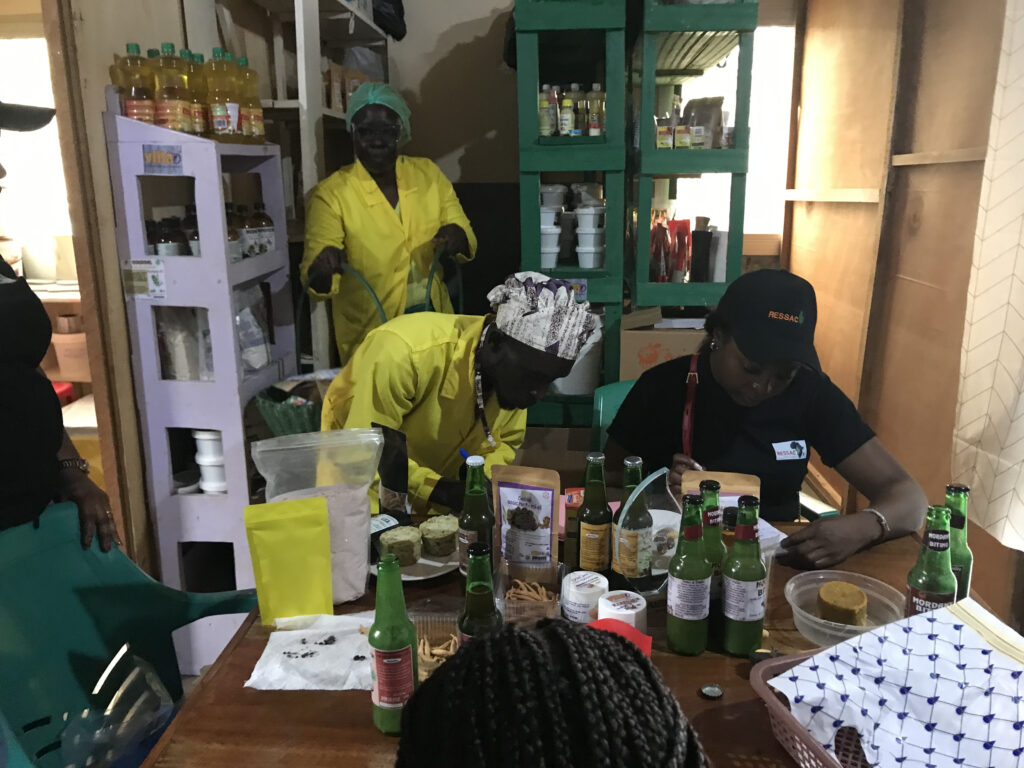Ngala Killian Chimtom
Cameroon’s vast forests, a critical global carbon sink, are vanishing. Population growth, rampant logging, and agricultural expansion are driving forest loss in the central African country.
The statistics are disturbing. Between 2002 and 2024, Cameroon lost 1.07 million hectares of humid primary forest – a 5.6% decline in its total area, according to Global Forest Watch. While deforestation in the Congo Basin Rainforest may not yet match the scale of the Amazon, scientists warn that the situation is deeply concerning.
“Generally speaking, the Congo Basin forest is better managed than the Amazonian forest,” notes Dr. Abdon Awono, a senior forest scientist at CIFOR-ICRAF.
“But agriculture’s impact here is rising. We must remember the situation could change tomorrow,” he told Cameroon Factfinder.
The warning signs are clear. A report by the Central Africa Forests Observatory (OFAC) projects that if current deforestation rates continue unchecked, 27% of the Congo Basin’s undisturbed rainforests present in 2020 will disappear by 2050.
Such loss would be catastrophic for the planet, given the carbon sequestering power of the Congo Basin forest, which sequesters 1.5 billion tons of CO₂ annually with a peat swamp that stores 29 billion tons of carbon, equivalent to about three years’ worth of global greenhouse gas emissions, according to the World Bank.
“It is critical to global climate regulation,” stresses Dr.Awono.
Traditional conservation efforts, often relying on top-down protected areas that exclude local communities, are failing to stem the tide.
“Restrictions alone aren’t enough,” Awono said. “You end up with people against you, instead of with you, “he explained.
An unlikely solution: The aphrodisiac that could save trees
The answer to Cameroon’s deforestation crisis might lie in an unexpected place: a traditional aphrodisiac called Le Mordant. Derived from bitter kola, garlic, citron, and ginger, the product’s name reflects its potent reputation.
“For some, it rejuvenated their sexual organs,” says Mrs. Djamilafou Maliki, the product’s creator and a leading transformer of non-timber forest products (NTFPs) in Cameroon.

“For others who couldn’t urinate, it helped them free their bodies,” she told Cameroon FactFinder.
Leonard Ayissi, who struggled with sexual weakness for decades, credits Le Mordant with restoring his vitality. “For a long time, I felt personal shame. I couldn’t last in bed, and quietly prayed my wife wouldn’t seek satisfaction elsewhere,” he admitted to PathFinder with a chuckle.
“If she did, I wouldn’t have had the courage to rebuke her.” After taking Djamilatou’s mixture, Ayissi says he feels decades younger.
“It’s just amazing.”
His wife, Brenda, offers a shy smile, recalling “a trying period for our marriage.”
“We couldn’t meet our sexual needs. But all that is now in the past,” she says.
The conservation connection
Dr Awono argues that when communities earn a sustainable living from NTFPs like Mordant (Biting), the motivation to destroy forests diminishes.
“The forest becomes more valuable standing – providing the raw materials for the mixture and other products – than cut down for charcoal, fuel wood, or farmland,” he explains.
Djamilatou’s work aligns with a broader CIFOR-ICRAF strategy: extending the shelf life of NTFPs and empowering communities to reduce forest loss. This decades-long engagement began in the 1990s with applied research on sustainable forest management.
Dr. Richard Suffo, who leads the programme, explains the focus: Pioneering work by Awono and the FAO revealed that Cameroon is home to 174 species of NTFP, but it is the middlemen who typically reap the benefits—buying the products at giveaway prices and selling them internationally at premium profits.
These findings laid the groundwork for projects integrating communities into the full NTFP value chain – beyond collection to include processing, transportation, and direct market access. CIFOR-ICRAF sponsors transformation initiatives like Djamilatou’s to achieve this.

“People recognize forests based on the value of the NTFPs they provide,” Suffo notes.
These products are vital for food security and health. When people see these benefits, they feel the need to preserve the forest.”
Dr. Awono emphasizes the necessity of community involvement.
“If conservation must succeed, we must work with people, understanding their aspirations and relationship with forest products,” he told PathFinder..
Djamilatou, acutely aware of the threat deforestation poses to her business, has woven sustainability into her operations.
“If we don’t take care now, these trees will disappear,” she warns.
“There’s a close relationship between NTFPs and forest conservation. One cannot thrive without the other.”

